What In The World?®
What in the World?® was the Penn Museum's Peabody Award-winning popular weekly half-hour television program which was first seen in 1951 and which ran for 14 years. By the early 1960s it was one of the oldest programs on television, bringing positive reviews and a steady stream of fanmail to the Museum which continues to this day. On each What in the World?® program, four or five unidentified objects were presented to a panel of experts who were asked to guess what each piece was, where it came from, how old it was, and how it was used. Objects were selected from storerooms and had never before been seen by the panel. Before the experts guessed, the audience was told what the object was, and, during the course of the program, could watch the thought processes of real --and often fallible!-- anthropologists and archaeologists. After they had completed their identification, the moderator, Froelich Rainey, Director of the Museum, told them whether they were right and if not, gave the correct identification. The special guest on one of these was the famous actor (and collector) Vincent Price.
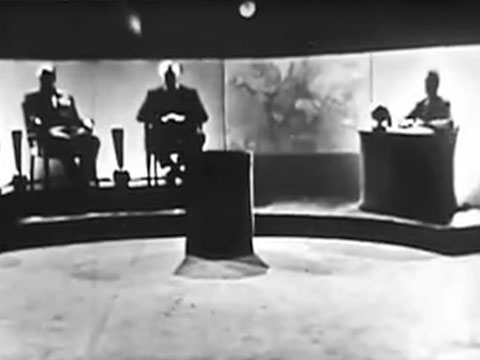
Length: 1:00:28
What in the World Game Show at the Penn Museum
Penn Museum hosts a recreation of the 1950s What in the World game show to a very excited (and vocal) studio audience in conjunction with the Philagrafika installation by Pablo Helguera. Objects from the collection are presented to three panelists in...
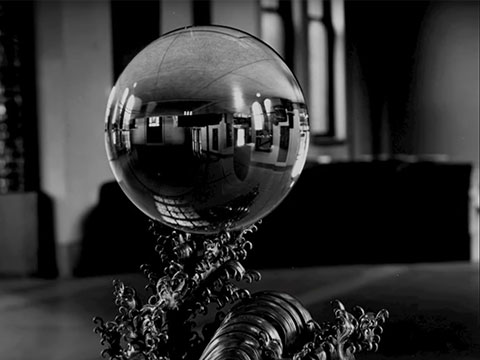
Length: 07:29
What in the World - Part Five by Pablo Helguera
This video is the fifth installment of What in the World, a series of six videos produced by Pablo Helguera on the history of the Museum of Archaeology and Anthropology. A project for Philagrafika 2010. All rights are reserved by the University of P...
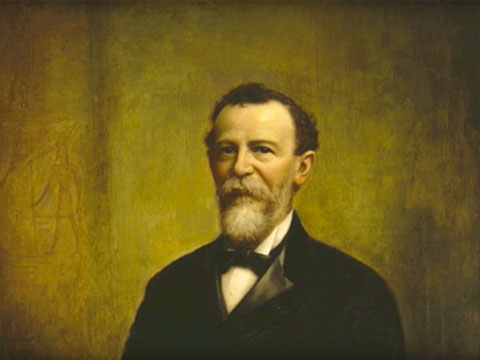
Length: 08:53
What in the World - Part Four by Pablo Helguera
This video is the fourth installment of What in the World, a series of six videos produced by Pablo Helguera on the history of the Museum of Archaeology and Anthropology. A project for Philagrafika 2010. All rights are reserved by the University o...
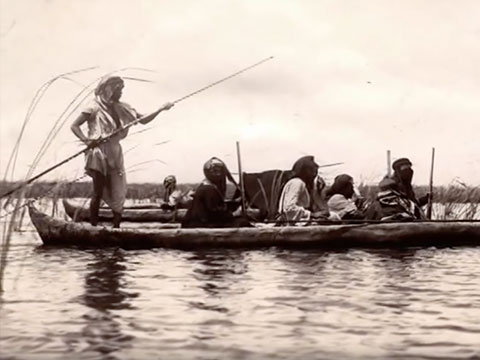
Length: 11:16
What in the World - Part Three by Pablo Helguera
This video is the third installment of What in the World, a series of six videos produced by Pablo Helguera on the history of the Museum of Archaeology and Anthropology. A project for Philagrafika 2010. All rights are reserved by the University of P...
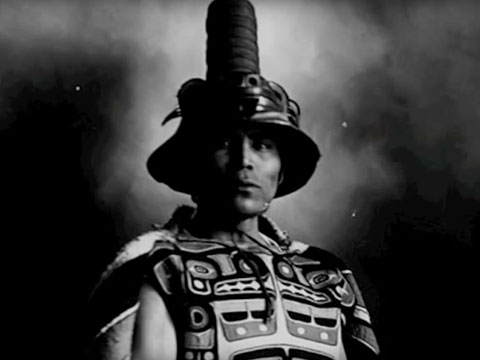
Length: 10:57
What in the World - Part Two by Pablo Helguera
This video is the second installment of What in the World, a series of six videos produced by Pablo Helguera on the history of the Museum of Archaeology and Anthropology. A project for Philagrafika 2010. All rights are reserved by the University o...
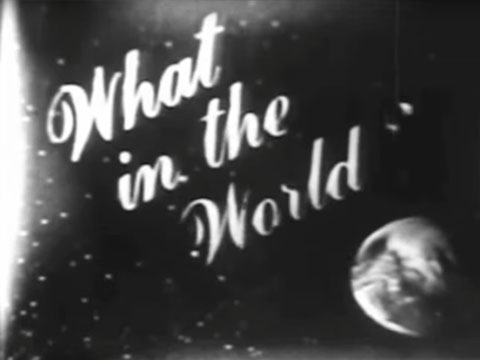
Length: 05:40
What in the World - Part One by Pablo Helguera
This video is the first installment of What in the World, a series of six videos produced by Pablo Helguera on the history of the Museum of Archaeology and Anthropology. A project for Philagrafika 2010. All rights are reserved by the University of...

Length: 29:26
What In The World 6 (ca. 1952)
British version of "What in the World" BBC's "Animal, Vegetable, or Mineral" HOST: Dr. Froelich Rainey PANELISTS: -Dr. Alfred Kidder - UPenn; authority of people and cultures of the New World -Jacques Lipchitz - sculptor -Dr. Robert Eddin...
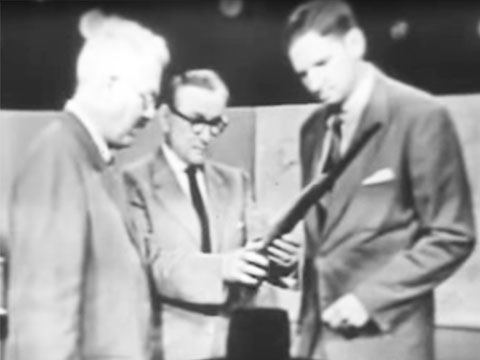
Length: 18:32
"What In The World" 5 (ca. 1952)
All rights are reserved by the University of Pennsylvania Museum of Archaeology and Anthropology (Penn Museum). Any use of the footage in productions is forbidden unless rights have been secured by contacting the Penn Museum Archives at (215) 898-830...
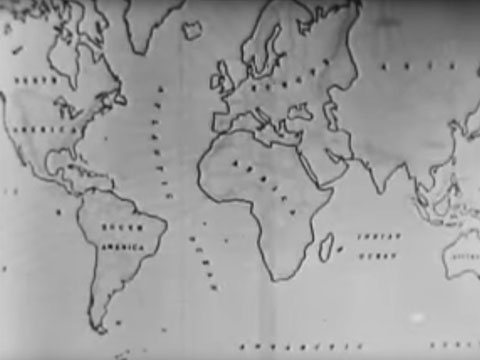
Length: 28:28
What In The World 4 (ca. 1952)
All rights are reserved by the University of Pennsylvania Museum of Archaeology and Anthropology (Penn Museum). Any use of the footage in productions is forbidden unless rights have been secured by contacting the Penn Museum Archives at (215) 898-830...
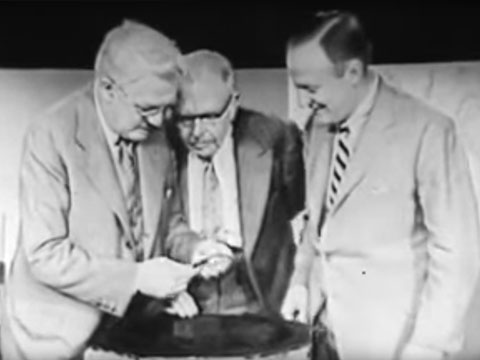
Length: 28:49
"What In The World" 3 (ca. 1952)
PRODUCER: WCAU TV (CBS, Philadelphia) HOST: Dr. Froelich Rainey PANELISTS: -Dr. Carleton Coon -Dr. Ralph Linton - winner of Viking Medal; author of text books; Yale University professor of Anthropology -Dr. Alfred Kidder - UPenn; authority o...
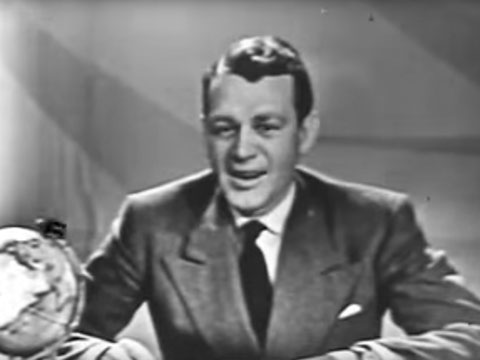
Length: 23:18
"What In The World" 2 (ca. 1952)
All rights are reserved by the University of Pennsylvania Museum of Archaeology and Anthropology (Penn Museum). Any use of the footage in productions is forbidden unless rights have been secured by contacting the Penn Museum Archives at (215) 898-830...
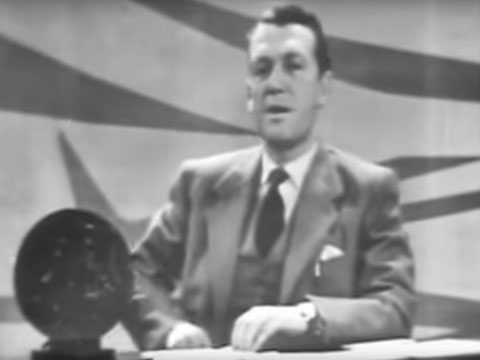
Length: 25:22
"What In The World" 1 (ca. 1952)
All rights are reserved by the University of Pennsylvania Museum of Archaeology and Anthropology (Penn Museum). Any use of the footage in productions is forbidden unless rights have been secured by contacting the Penn Museum Archives at (215) 898-830...

